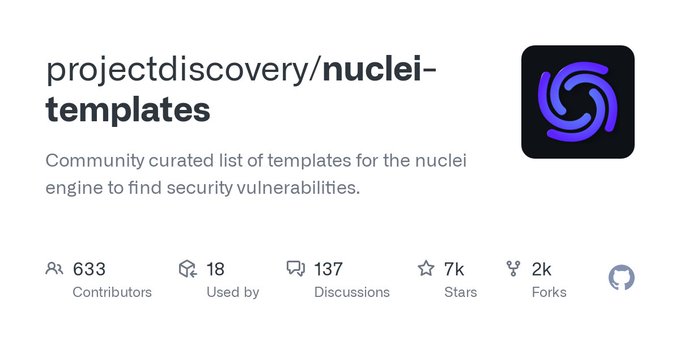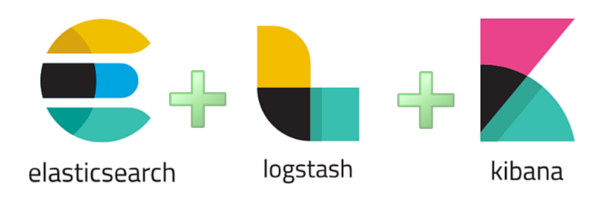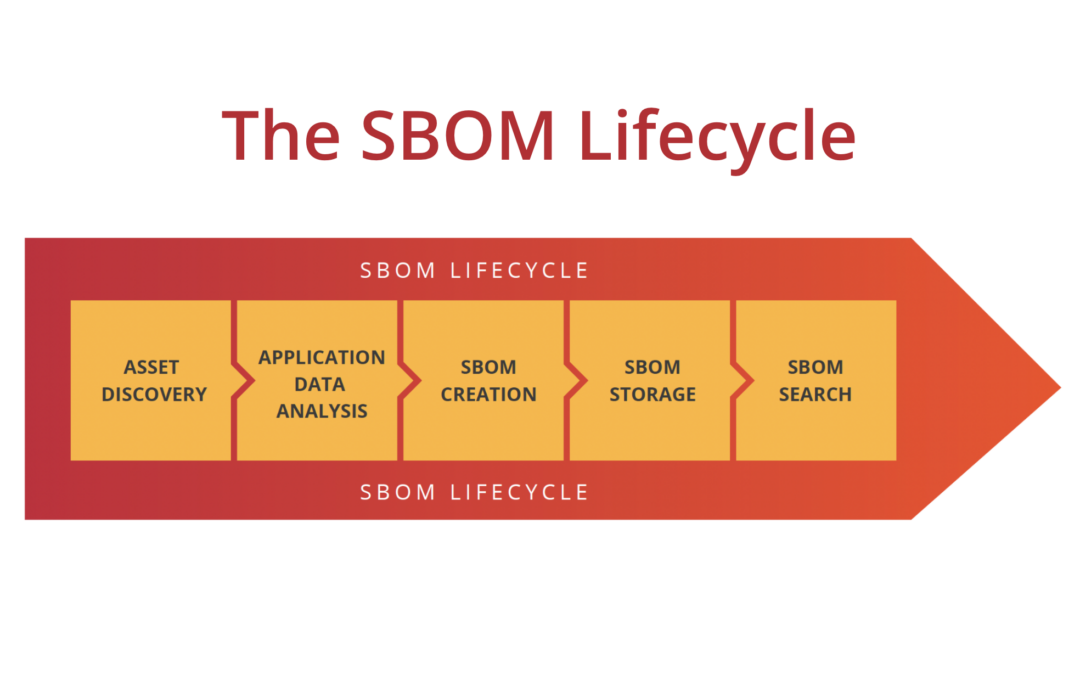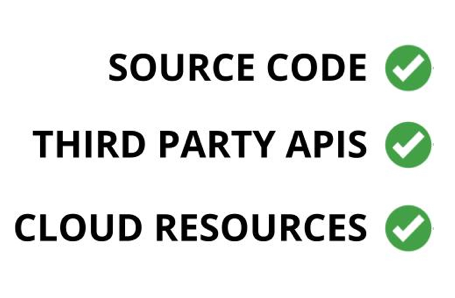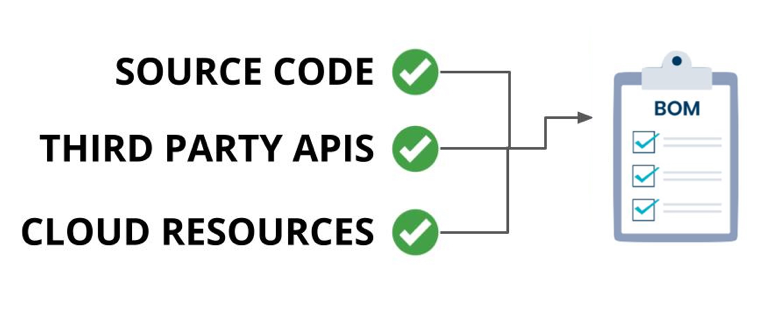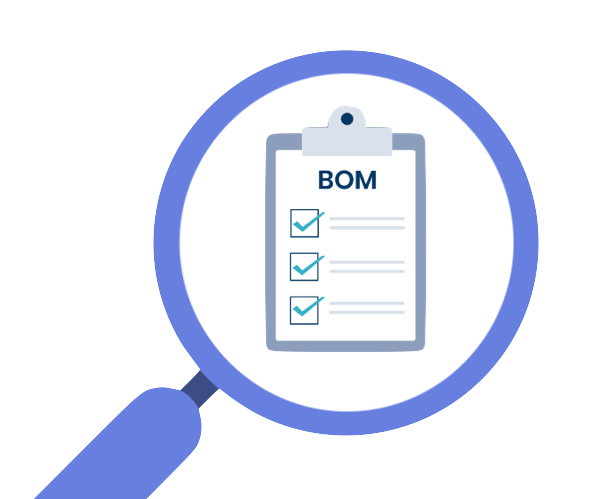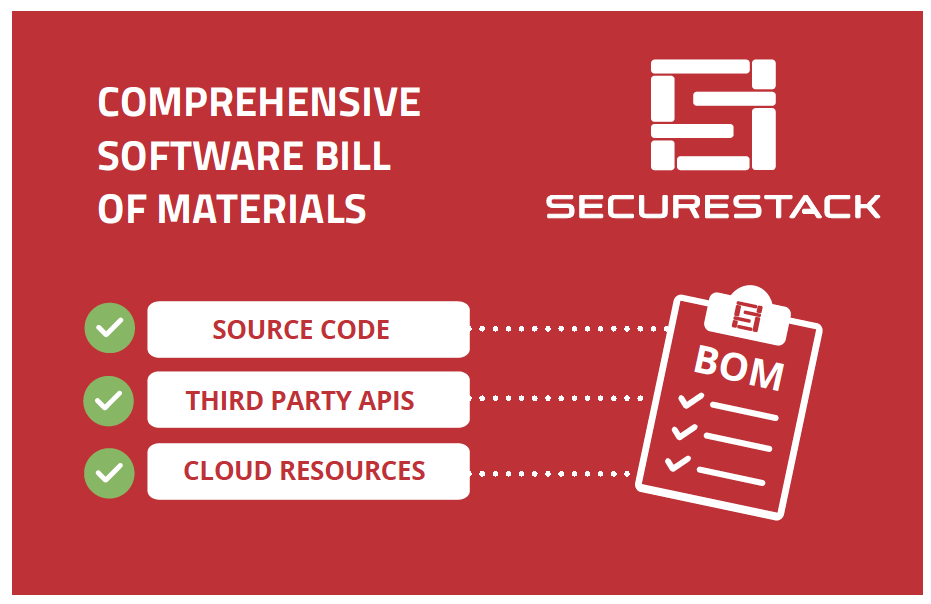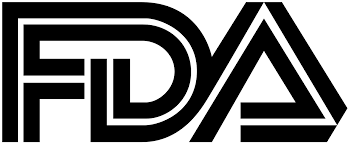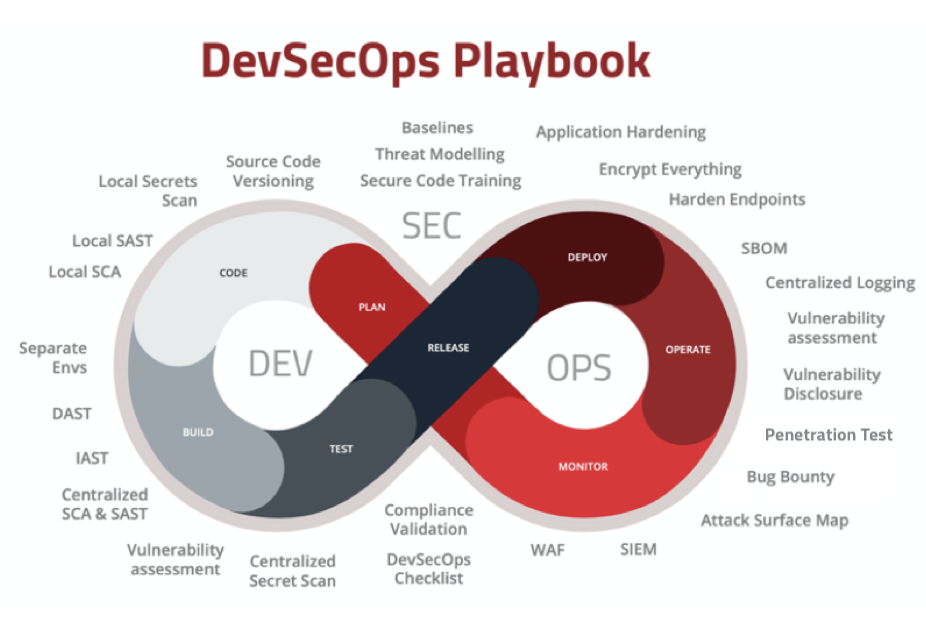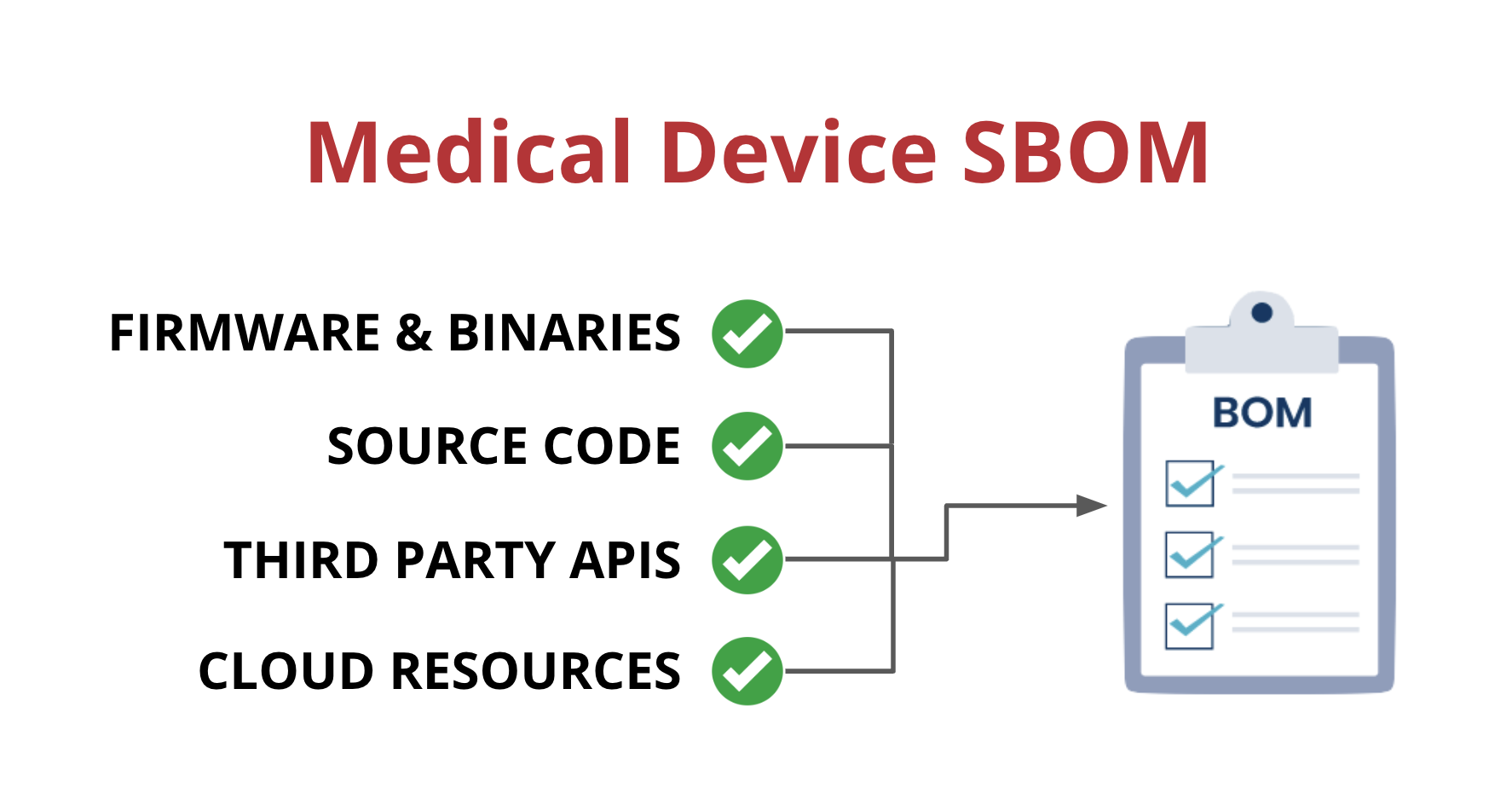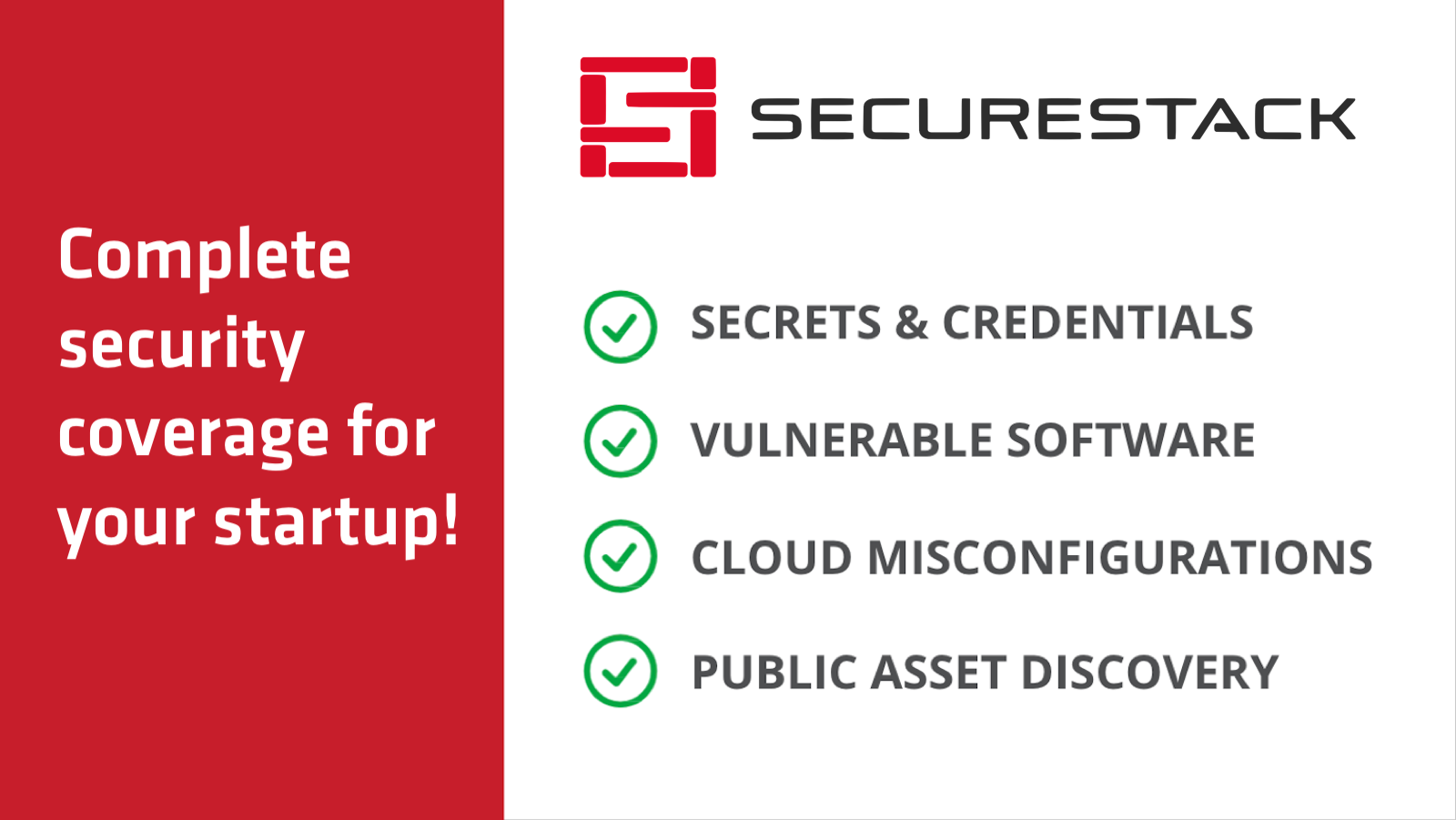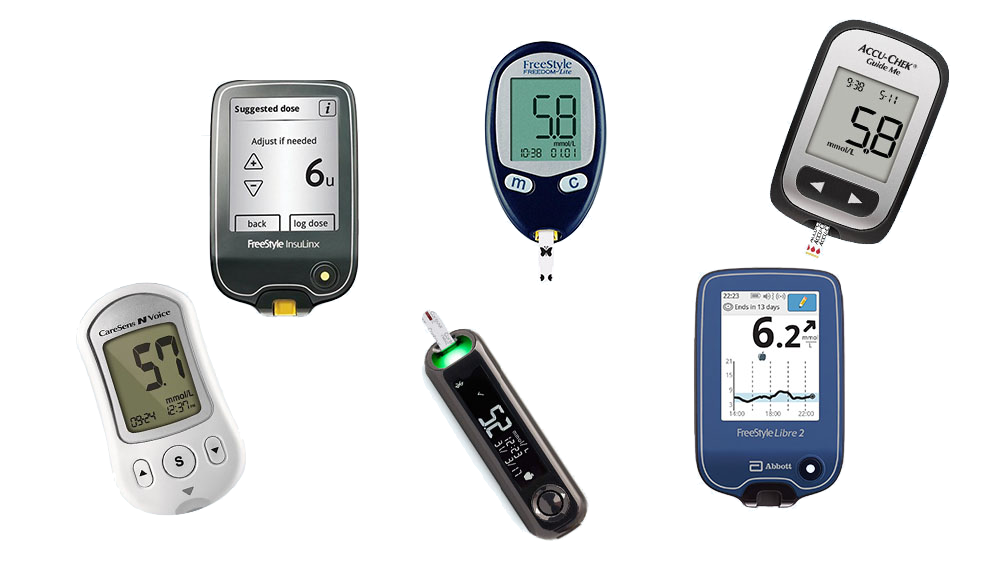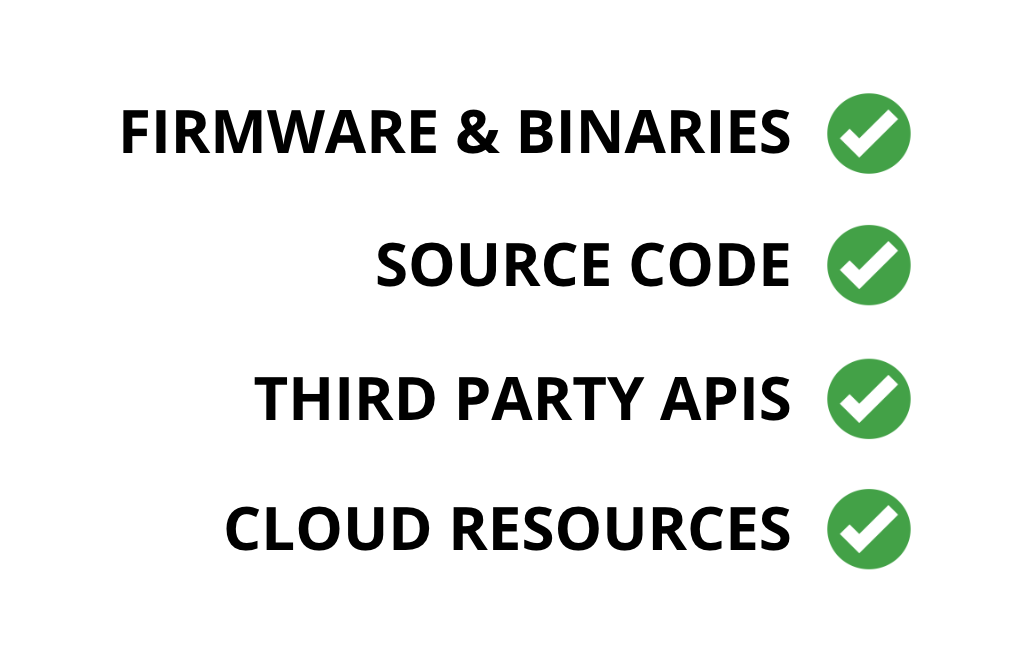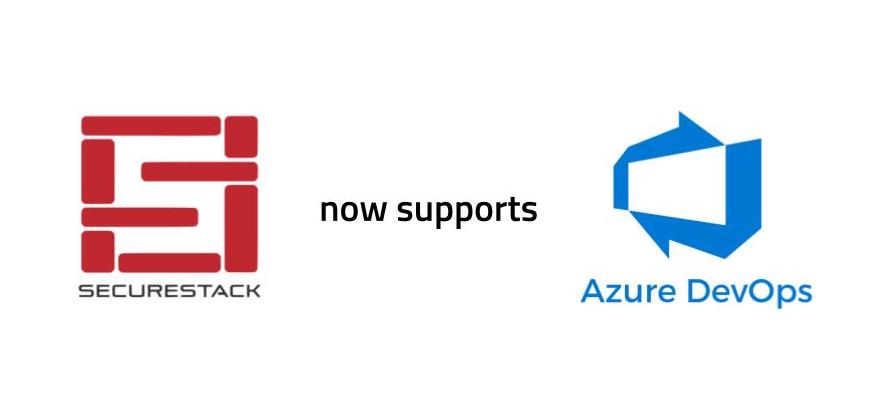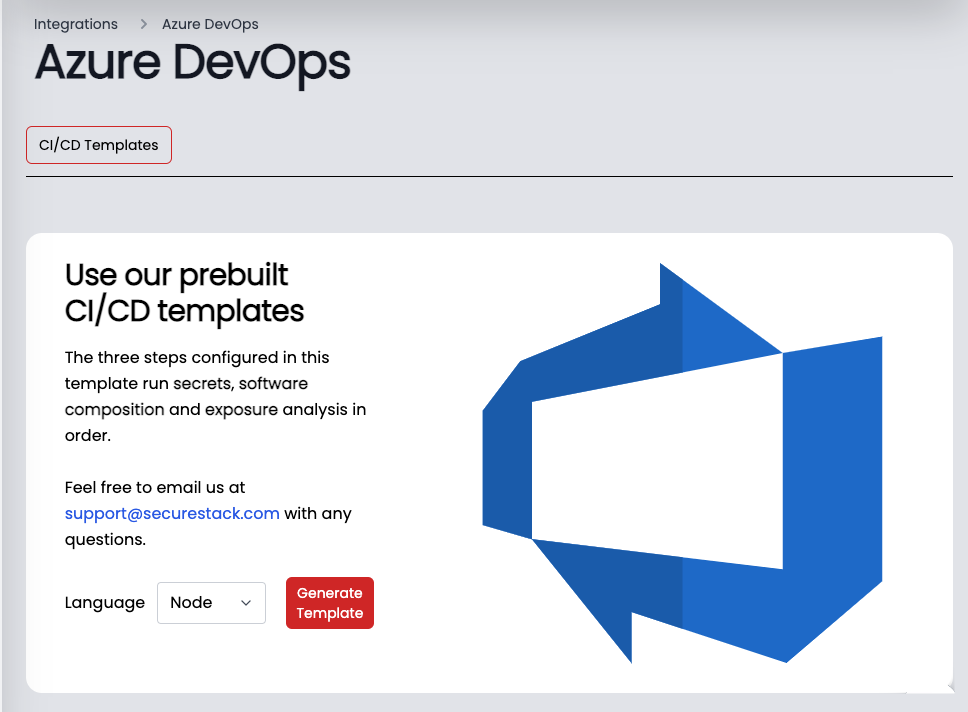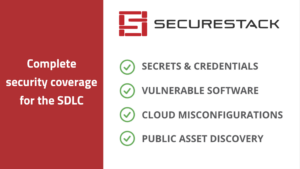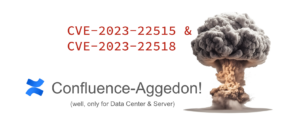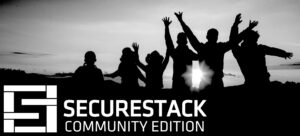
Confluence-Aggedon! Atlassian Confluence plagued by two CVSS 10 CVEs!
Two critical severity CVE’s were announced in October for the popular collaboration platform Atlassian Confluence. The first bug, CVE-2023-22515 was announced on October 4th, and classified as a CVSS 10! CISA published a CyberSecurity Advisory on October 5th which was quickly followed by a similar advisory from the ACSC here in Australia.
Quickly after that, Atlassian updated the CVE to say that this zero-day was being actively exploited in the wild by a nation state actor. You can read Atlassian’s advisory here: https://confluence.atlassian.com/security/cve-2023-22515-privilege-escalation-vulnerability-in-confluence-data-center-and-server-1295682276.html
Additionally, you can read CISA’s advisory here: https://www.cisa.gov/news-events/cybersecurity-advisories/aa23-289a and the ACSC advisory here: https://www.cyber.gov.au/about-us/view-all-content/alerts-and-advisories/multiple-vulnerabilities-atlassian-confluence-data-center-and-server
What services are affected?
Thankfully, this CVE-2023-22515 only affected Confluence Server and Data Center products, and not the cloud SaaS versions of Confluence. Moreover, it only affected versions 8.0.x to 8.5.3. This limited the scope significantly, but because of the type of product that Confluence is, there are a LOT of large organizations that run Confluence as a self-hosted server. And many of them, unfortunately, are not used to patching Confluence routinely. This is where the problem lies.
Then, last week another Confluence bug was announced. Initially, it was “only” a 9.1, but here’s the important part: This new bug affected EVERY version of Confluence ever released! This CVE 2023-22518, affected Data Center and Server products only, like the first bug, but the number of Confluence versions affected was MUCH larger. All versions of Confluence from 1.x to 8.5.3 were affected. This meant that many of the larger organizations that weren’t vulnerable to the first vulnerability because they hadn’t updated from version 7.x, were in fact vulnerable to this second bug.
Then on November 7th, 2023, Atlassian upgraded CVE-2023-22518 to a CVSS 10! Turns out that 22518 is more similar to 22515 than initially though and allows you to create administrator accounts in a similar way. There are multiple POCs in the wild that appear to work, and Atlassian has detected that this bug has been packaged into ransomware.
This means there are now TWO CVSS 10 bugs we have to address.
Why is this such a big deal?
Confluence, Jira, and other developer focused tools have a long history of being available outside of the VPN perimeter. This is often because the devs involved want to be able to use these tools when working from home, or via their own laptops. Because of this, even self-hosted servers like Confluence, Jira and Bitbucket can be really juicy targets to malicious actors because these servers host really sensitive intellectual property, and are often poorly defended.
How did SecureStack get involved?
SecureStack maintains a set of deception services pretending to be developer focused tools like Confluence. This allows us to gain insight into new attacks and trends against these hosted services. Over the last two years we’ve used this data to help us build better defenses and new detections for attack types. These detections are built into our platform and we make these available to any paying customers.
Over the last several weeks SecureStack saw a noted increase in the amount of traffic related to scanning for public facing Confluence servers, and the types of attacks were new. They were targeting specific endpoints and routes within Confluence. Based on user agent data we could see that much of this scanning was probably automated.
Sure enough, a quick search of GitHub showed there were multiple projects and POCs for CVE-2023-22515. Project Discovery quickly built a Nuclei template which went live on October 10th: https://github.com/projectdiscovery/nuclei-templates/commit/0471ab31c7ef32000f45a5d2f59b18311f39dfeb
Quick legal disclaimer
The purpose of this blog post is to help us understand how widespread these vulnerabilities are. Exploiting these vulnerabilities and server products is illegal. The data I reference here is based on public websites and the data is collected using simple HTTP requests (GETs) and responses looking for things like headers, meta tags and body content.
Now with that out of the way, let’s dig into this…
How big is the collective attack surface these two CVEs?
Well, let’s start with collecting some data around public facing Confluence servers. There are two steps to this:
First, find targets! Second, test what versions of Confluence they are running. For the first part, let’s use Shodan and SecurityTrails as they both can give us a large number of Confluence servers quickly.
The Shodan CLI is probably the best way to collect data for this kind of project. Shodan allows you to use data in the HTML or headers to search by. Here’s a CLI command that will collect a list of Confluence servers globally:
shodan search –fields ip_str,hostnames http.component:”atlassian confluence”
When you are doing research like this, especially where you are trying to quantify how prevalent something is on the internet, you have to make sure you don’t just trust things at face value. What do I mean by this? One thing to keep in mind about Shodan is that if you search for a technology like I did above with the http.component:"atlassian confluence" it will say that there are more than 21k Confluence servers on the internet, like it does in the image to the right.
But the reality is that Shodan displays results in a way that makes the number of results look much larger than it really is.
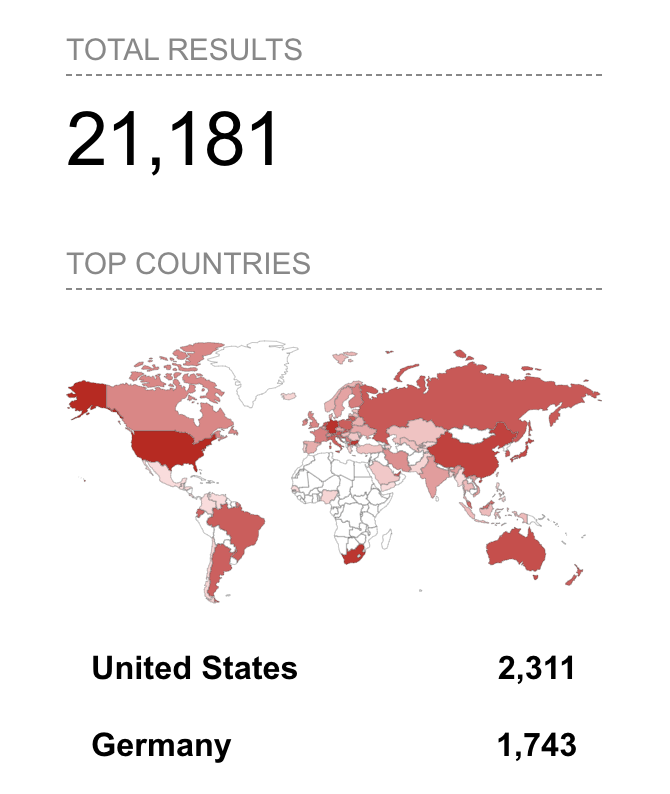
How can you identify what’s “real” data from Shodan?
Shodan is an amazing platform and I use it almost every day, however it’s important to know how it categorizes and displays data to really understand whether to trust its data. For example, because it focuses on ports as a primary key:value primitive it groups “results” by ports rather than by IP which is not obvious to you when you use the web UI. If you scan a single IP or domain name and then download or search the results, Shodan displays ports as individual “results”. Said a different way, one IP address will have multiple “results” in Shodan.
All you have to do to prove this point is to sort by unique IP addresses and hostnames in the Shodan data and you’ll see the real numbers:

SecurityTrails data can help build out your dataset
In addition, to the data you get from Shodan, it can help to search DNS records for keywords related to your target. SecurityTrails is comprised of a static list of historical DNS entries and as such you need to sort and test for relevancy.
So for Confluence, some good keywords are: confluence, support, wiki, jira, knowledgebase, kb, etc
Here are some recent results from the free version of securitytrails.com for “confluence”:
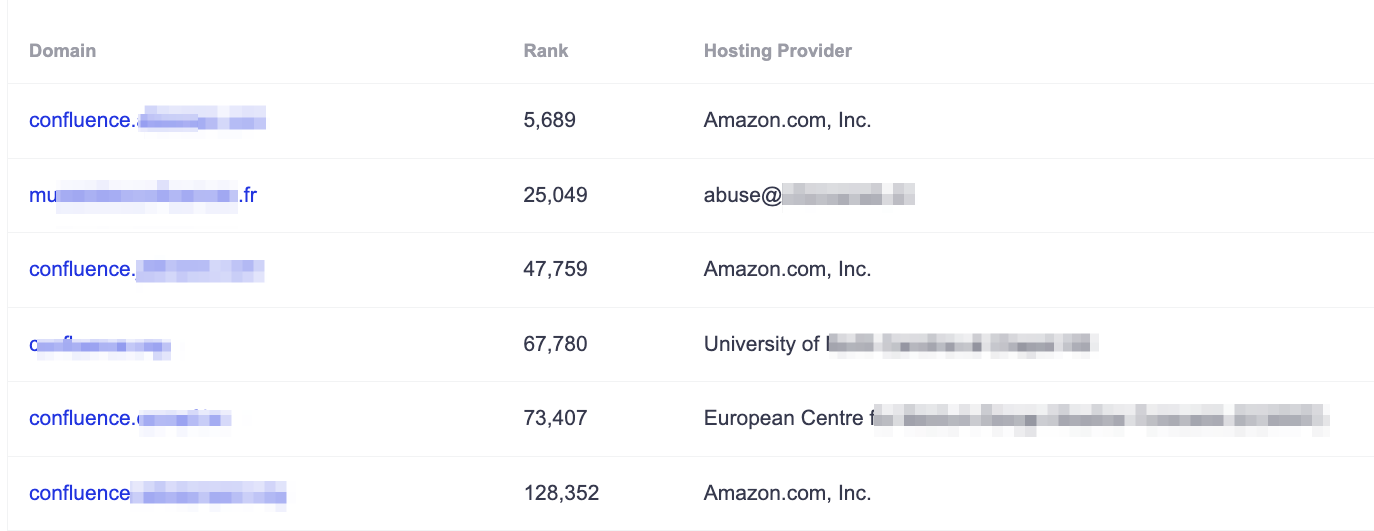
Project Discovery Tools can help
Sorting through historical DNS data can take work, but you need to sort and test for relevancy. I would suggest you leverage the Project Discovery dnsx and httpx tools for this.
You can find those projects here:
How do we identify if Confluence is present and is vulnerable?
Both CVE-2023-22515 and 22518 only affect Confluence data center and server products, so all Atlassian Cloud instances are not affected. If you don’t know which version you are using, typically Atlassian Cloud uses an atlassian.net URL to login.
Once you have refined your target list, you need to identify what version of Confluence they’re running. The CVE advisories list the specific versions that are affected by each of the vulnerabilities. Finding the version of Confluence is relatively easy to do because Atlassian has added several metadata tags to their products which you can test for.
The “confluence-base-url” is a meta tag added to Confluence to clarify the hostname it is using. This is helpful in figuring out what the DNS name is if you find just the IP address on Shodan. This is the authoratative test to determine that the service is Confluence.
<meta id=”confluence-base-url” name=”confluence-base-url” content=”https://confluence.example.com.au”>
The “ajs-version-number” tag is added to most Atlassian products and should be used as an authoratative source of the version number if “confluence-base-url” is also present. Otherwise you might get results from Jira, Bamboo, or Bitbucket servers.
<meta name=”ajs-version-number” content=”7.13.7″> <meta name=”ajs-build-number” content=”8703″>
The “ajs-base-url” tag is added to most Atlassian products and should be checked only be used to determine the hostname if “confluence-base-url” isn’t available or wrong.
<meta name=”ajs-base-url” content=”https://confluence.example.com.au”>
Automating this with Nuclei
One simple way to detect the Confluence version and hostname is to simply grep the output of curl commands or equivalent. I initially did this by writing a bash script with a for loop to iterate through targets and grep for the metatags. But I needed this to be more scalable, and I typically use ProjectDiscovery Nuclei for this kind of thing.
Instead of grepping the HTML for those metatags, I added the automatic detection of the appropriate metatags to a popular Nuclei template to find both the hostname and the Confluence version. You can see the latest version of the template with my updates here:
Let’s use Elasticsearch to help us understand the data
Once you have the hostnames and Confluence versions data you can send the data to your data solution of choice. I tend to use Elasticsearch and ELK as I’ve been working with it for years.
ELK stands for “Elasticsearch, Logstash and Kibana” which are three flagship products from Elastic that work together. Logstash takes inbound data and manipulates it. Elasticsearch is the search engine based on Lucene where the data actually goes and is indexed. Kibana is the web UI frontend for Elasticsearch. You make dashboards in Kibana, not Elasticsearch even though its really common for people to say “Elasticsearch dashboard”.
Nuclei has a nice reporting feature that will send Nuclei output directly to Elasticsearch without setting up a complicated Logstash transformation pipeline.
My Confluence Dashboard
This dashboard isn’t complicated and really only cares about three things: IP address, hostname, and Confluence version number. All of my analysis relies on those three things. If I know the version number and the hostname I use the IP address to verify this is a unique host. This idea of a unique hosts is really important and is more complicated than it might seem but I’ll spare you the details now.
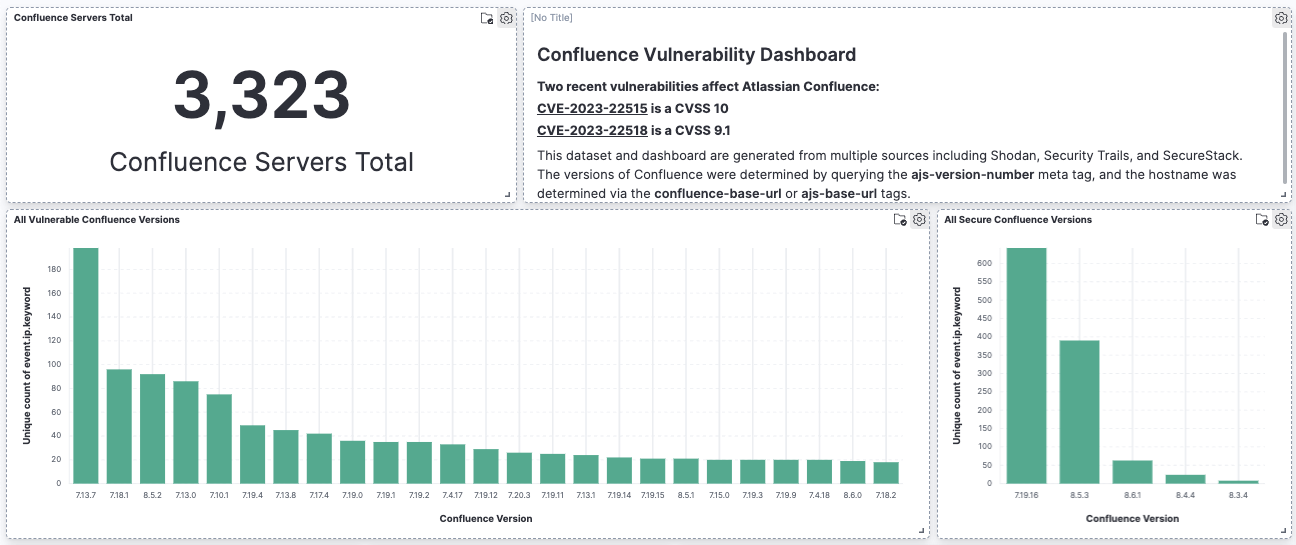
In this image, you can see there are 3323 unique hosts in this dataset. The bar graph on the left represents how many of each vulnerable version of Confluence is in the data set. On the right bar graph, are the secure, patched versions of Confluence. Clearly, there are a lot less of the latter than there are of the former.
We landed on this number of 3323 servers by sorting all records by unique IP address rather than hostname. There are a lot more hostnames in the dataset than IPs.
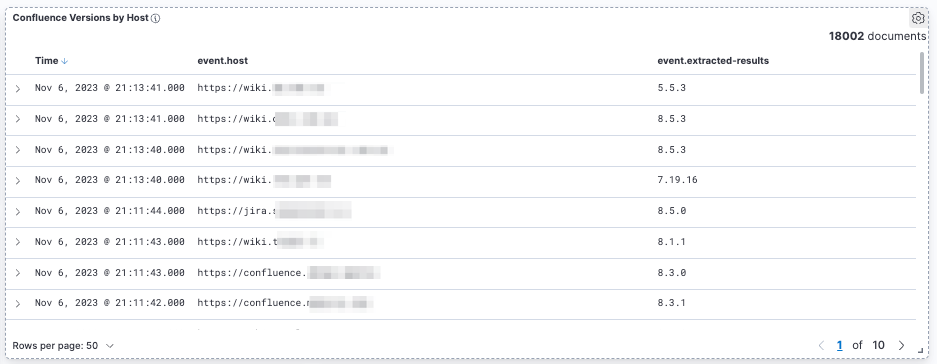
In the above image we can see that there are more than 18,000 records in the dataset in total. This includes results from Shodan for ports attached to the same IP address and using this number would slant our data in the wrong direction. So today we’ll be focusing on the 3300+ unique hostnames.
So, how bad is it?
CVE-2023-22515
At first glance, when looking at the extent of the CVE-2023-22515 exposure, it doesn’t look too bad. Only 144 servers out of 3323 are vulnerable. This is 4.3% which as I said…. isn’t bad.
The exposure to this CVE is muted as this affects a limited set of Confluence servers (8.0.0-8.5.2). As we often find with enterprise and government users, their slow approach to upgrading in this case saves their collective bacon. If you don’t upgrade to Confluence 8, then you can’t be vulnerable to a bug that only affects version 8, right?
Well, stop laughing big guys because I have some bad news for you…
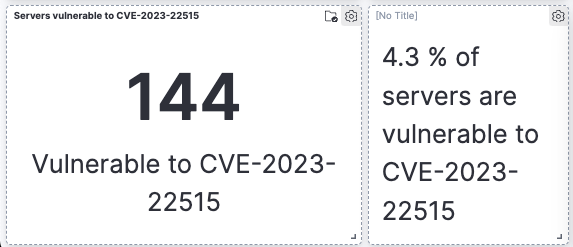
CVE-2023-22518
For all you orgs that thought you got away from this one, you are wrong. CVE-2023-22518 affects almost every single version of Confluence and since its been upgraded to a CVSS 10 and we know more about this bug, this is gonna be THE bug of 2023. The attack is trivially easy to deploy, and the attack surface is large, with a majority of Confluence data center and server products on the internet vulnerable to it.
The data is not good. Of the 3323 unique public-facing Confluence servers we identified, 61.6% of them were vulnerable to CVE-2023-22518. More than 2000 servers are affected.
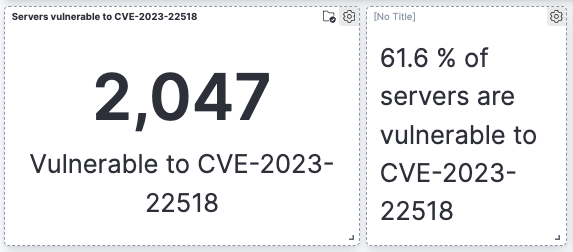
What has the impact been so far?
Active exploits of CVE-2023-22518 are happening in the wild. Rapid7 is seeing this bug being used in multiple ways. You can read their report here: https://www.rapid7.com/blog/post/2023/11/06/etr-rapid7-observed-exploitation-of-atlassian-confluence-cve-2023-22518/
Atlassian reported that some of their customers are seeing CVE-2023-22518 being used to deploy ransomware. Soon after that Red Canary reported that they’ve seen this vulnerability used to deploy the Cerber ransomware strain. You can read Red Canary’s report here: https://redcanary.com/blog/confluence-exploit-ransomware/
We are also hearing from several of our partners that they are seeing widespread use of this vulnerability in different attack scenarios including ransomware, destructive attacks and other avenues.
So, what’s next? Where do we go from here?!
Well, the first thing is for CISA to add CVE-2023-22518 to the KEV list. Aha, I just checked and CISA has now done as of this evening. Good start.
Second, if you know that you have a hosted Confluence server you might wanna go check the version number, and then immediately check if any new users have been created. Also, look for the installation of new plugins as several threat actors have been installing malicious Confluence plugins.
Third, Greynoise is tracking several actors who are targeting CVE-2023-22518. You can see their data and download a list of IPs and add them to your deny list: https://viz.greynoise.io/tag/atlassian-confluence-server-authentication-bypass-attempt?days=10
Finally, if you need help determining if your org is exposed to these two critical bugs, feel free to reach out to the SecureStack team: hello [at] securestack.com or you can use the chat function in the lower right corner of this page.
Good luck and happy hunting people!
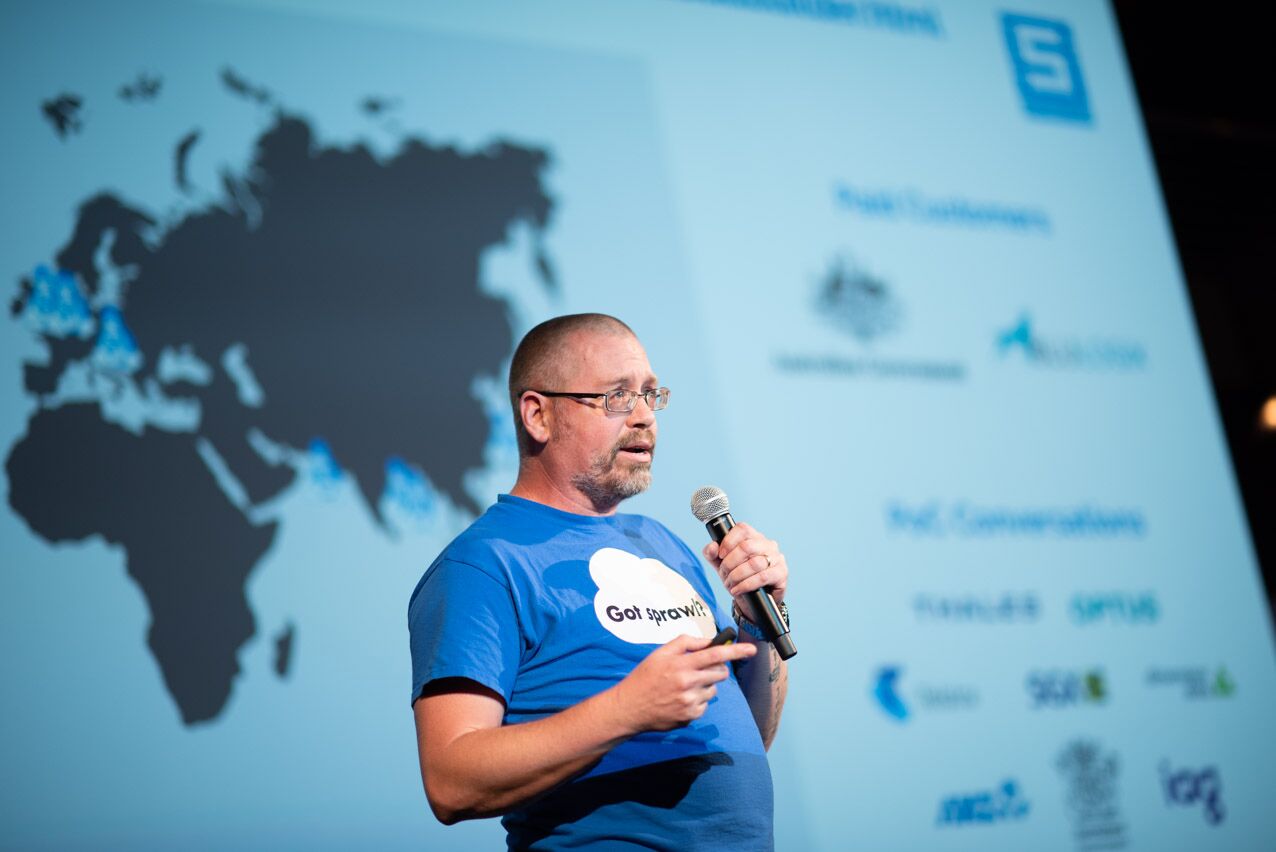
Paul McCarty
Founder of SecureStack
DevSecOps evangelist, entrepreneur, father of 3 and snowboarder
Forbes Top 20 Cyber Startups to Watch in 2021!
Mentioned in KuppingerCole's Leadership Compass for Software Supply Chain Security!


